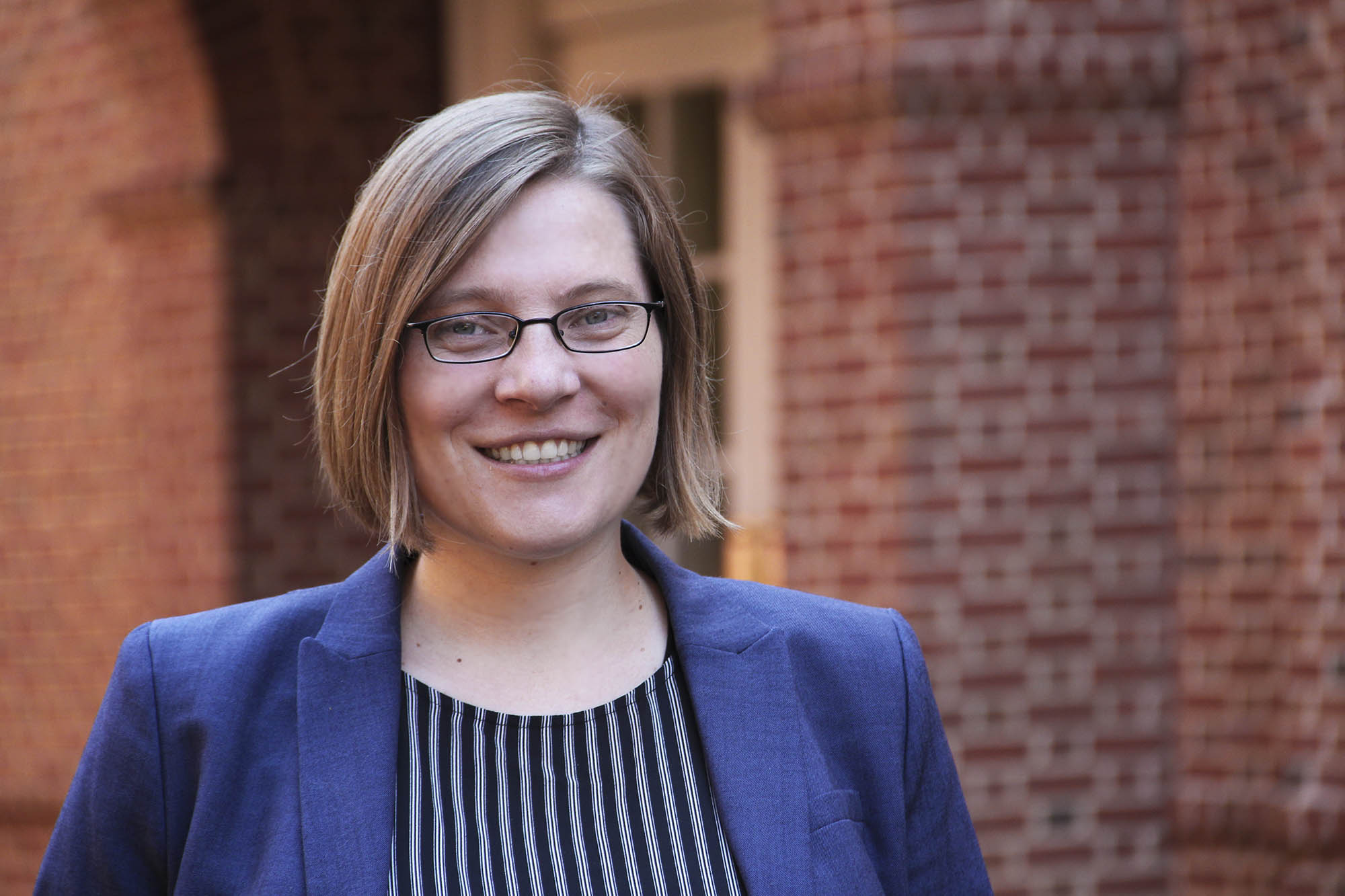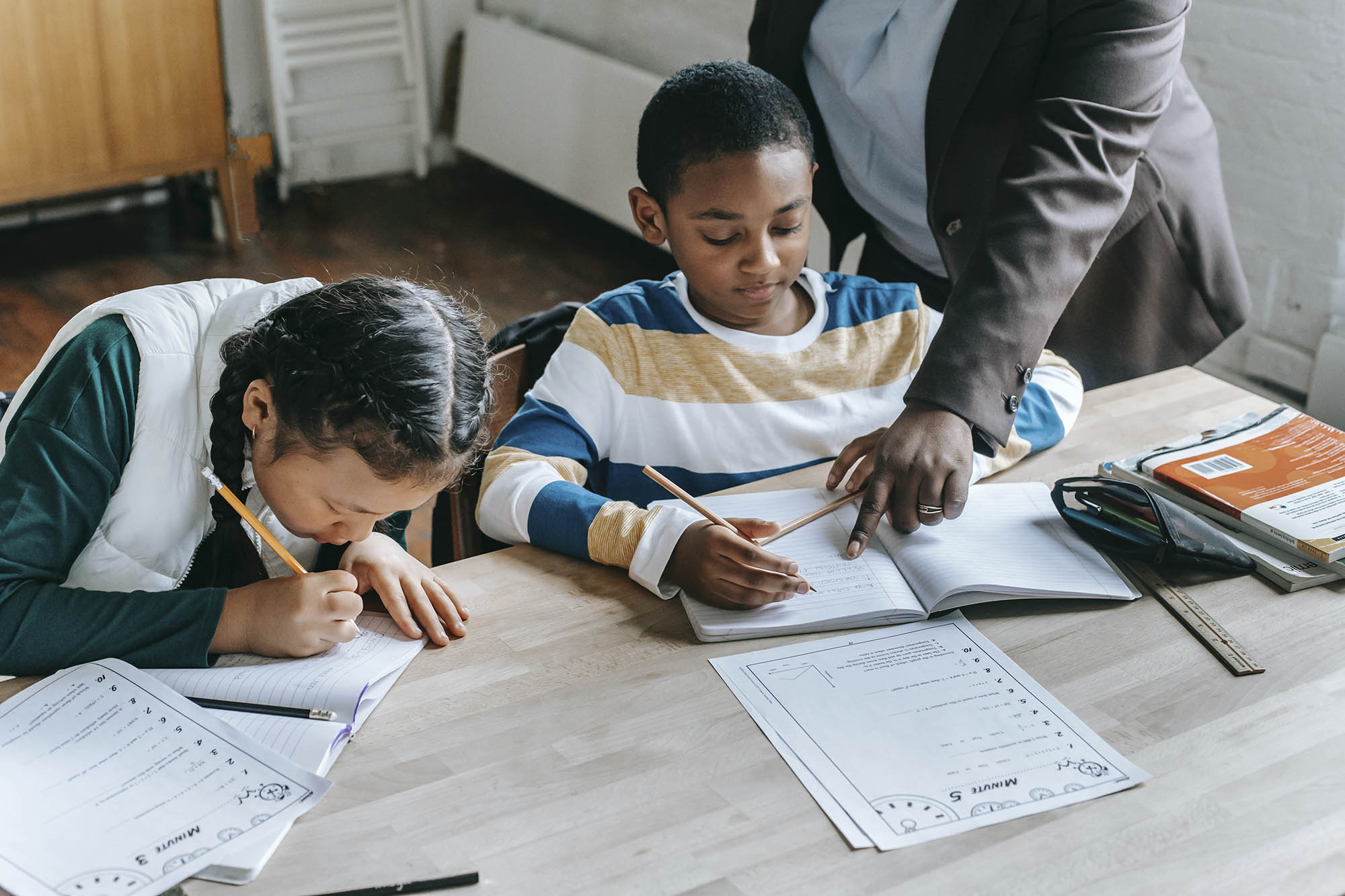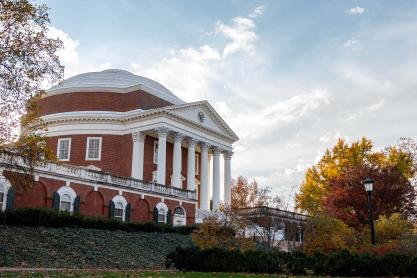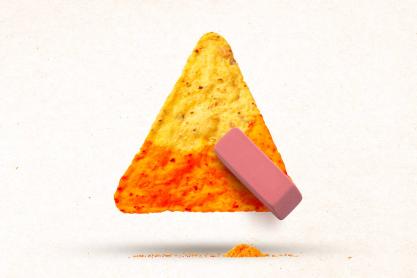The latest federal stimulus package included funding for K-12 school districts across the country to use specifically for combatting learning losses resulting from the pandemic.
These funds have been earmarked for acceleration programs that education experts believe can help make up some of the ground.
A few of the more talked-about programs involve “high-dosage tutoring” and “vacation academies.”
Recently, University of Virginia education assistant professor Beth Schueler co-wrote a policy brief with Carly D. Robinson, Matthew A. Kraft and Susanna Loeb at Brown University’s Annenberg Institute that discussed how both can be viable methods and what the research says about how to design effective programs. The brief was written for policymakers and practitioners currently crafting their approaches to helping students who have fallen behind due to COVID-19.
“I think tutoring and small-group instruction is particularly well-suited to this moment, and not just because of effects on student academic outcomes,” Schueler said. “Don’t get me wrong, learning is important and the impacts of these programs on academic achievement are impressive, but these are also opportunities to build and rebuild relationships with people in a time when I think we’ve all been disconnected from each other and starved for those relationships.
“Kids can be struggling on a number of dimensions at home, and so taking the time to provide some individualized attention could be really valuable from the perspective of not only academics, but also broader student wellbeing.
“And from a teacher’s perspective … some may really be eager to reconnect with students and earn extra income, in a direct way, where they’re not having to manage a huge class.”

Schueler says evidence suggests that having the same tutor over a period of time is beneficial. (Contributed photo)
UVA Today caught up with Schueler to learn more.
Q. Can you tell us what “high-dosage tutoring” and “vacation academies” mean?
A. Both refer to intensity – either in terms of dosage of tutoring multiple times per week, or in the case of vacation academies, weeklong programs that are run over vacation breaks focused on a single subject for the duration of the program.
We focused in this brief on a variety of ways to individualize instruction, with high-dosage tutoring being one of them. The research suggests tutoring is most effective when it’s delivered in three or more sessions a week that each last for 30 to 60 minutes per day for at least 10 weeks. Tutoring can be effective when delivered to between one and four students at a time. The weeklong vacation academy programs are somewhat larger, with 10 students per group, and led by a teacher selected based on talent.
Q. Was your research based on virtual, in-person tutoring or a combination?
A. Most of the research so far has focused on in-person tutoring. There has been some preliminary evidence that suggests promising results for virtual tutoring, but whether the large gains can be replicated virtually remains an open question researchers are trying to explore in a lot more detail right now given that many communities are continuing to practice physical distancing due to COVID-19. Virtual programs also might represent a more affordable and scalable model than in-person tutoring.
Q. In your brief, you say research has provided strong evidence that high-dosage tutoring can produce large learning gains for a wide range of students, including those who have fallen behind academically. Can you tell our readers some of the specifics there in terms of those gains, which grade levels showed the most improvement and how subject matter – reading or math – played into it?
A. The effects that you see from some of these programs are quite large relative to other educational interventions that have been studied. For most educational programs, you’ll have observational data that researchers worry doesn’t isolate the effect of the program itself from all the other factors contributing to student outcomes, but with tutoring that’s just not the case.
We have a very persuasive literature where there have been opportunities to randomize students to receive individualized instruction, which allows researchers to credibly identify the causal effect of that program specifically. And there have now been a number of what are called meta-analyses, where researchers look across a large literature and review all rigorous studies of those interventions to estimate the average effect across those programs. There’s been a few of those in recent years that have shown consistently large positive effects.










